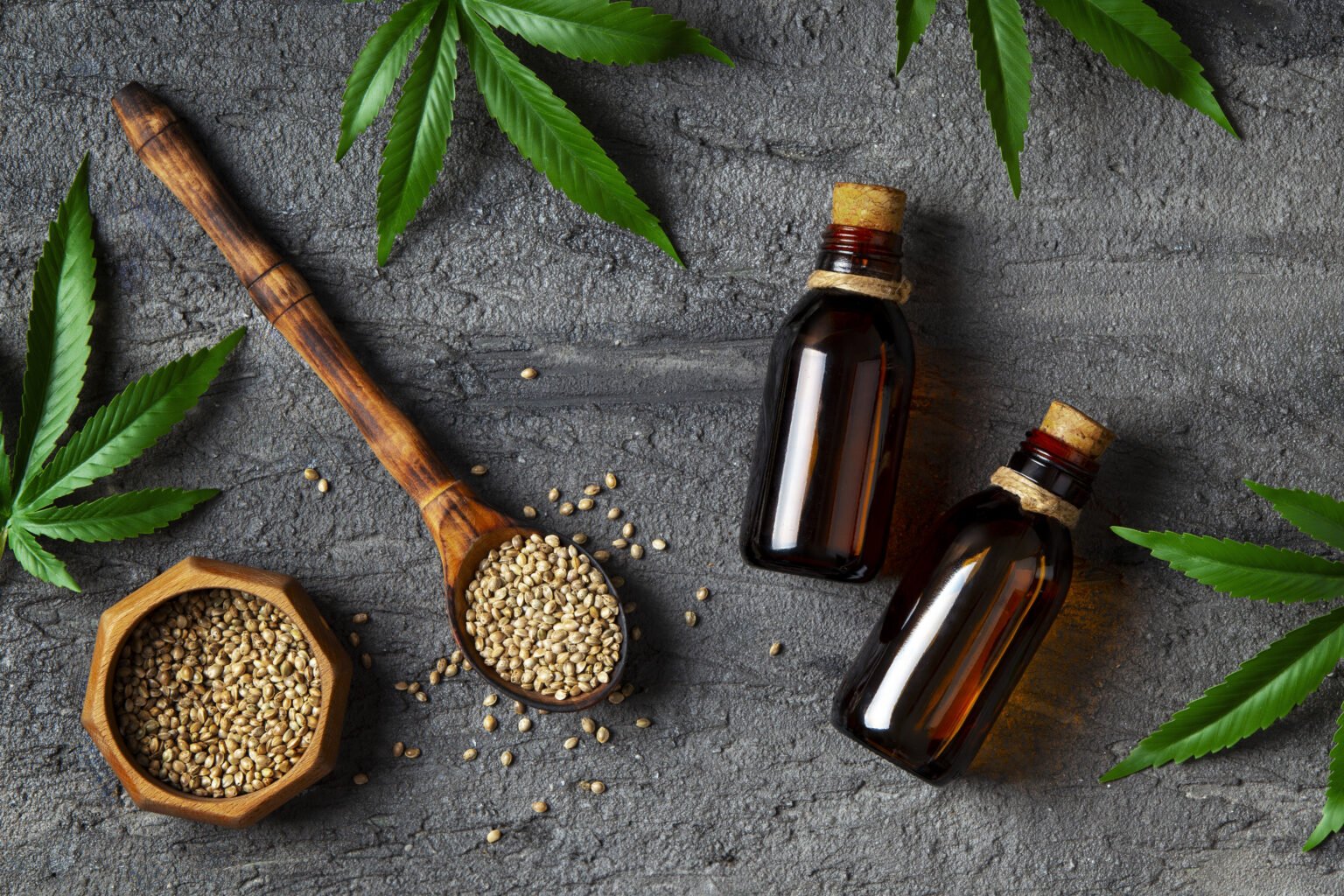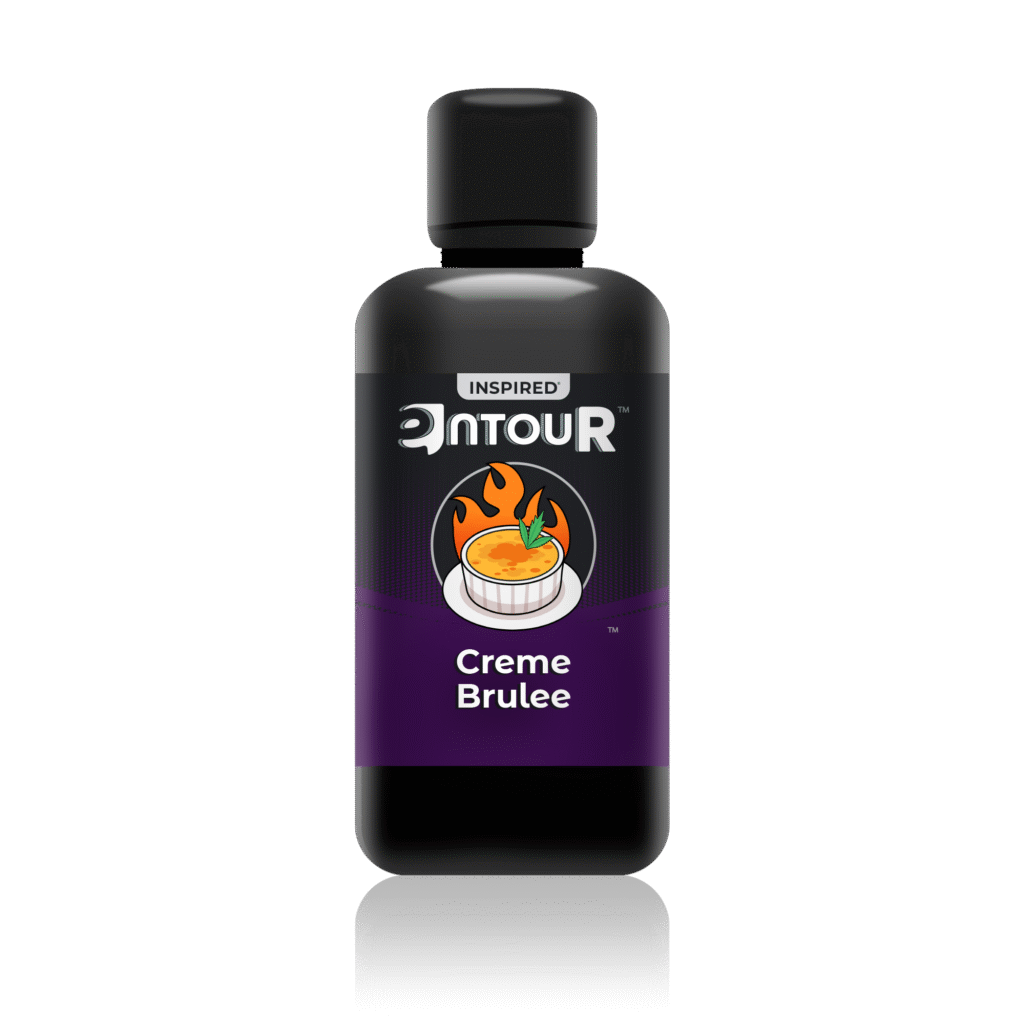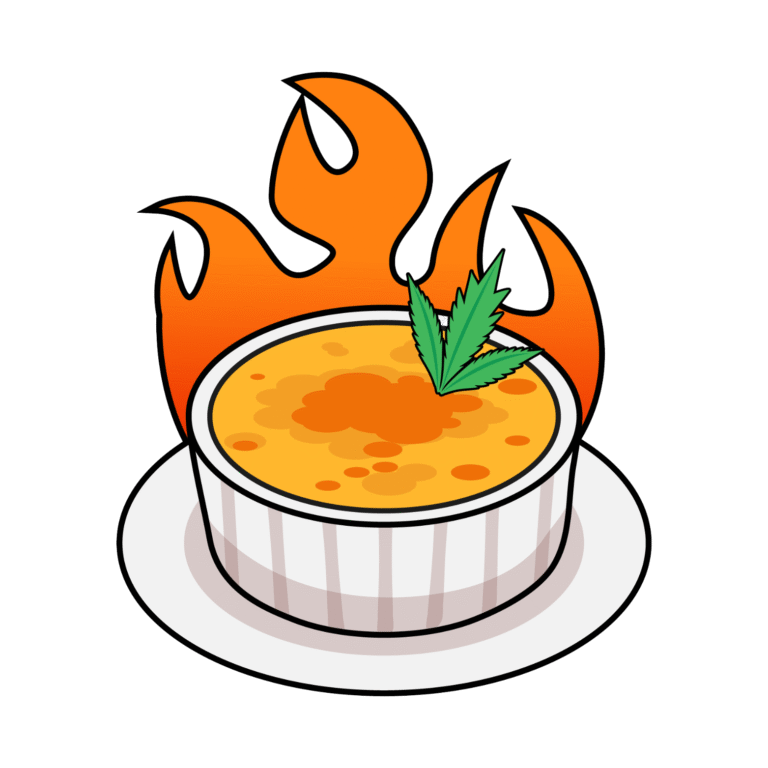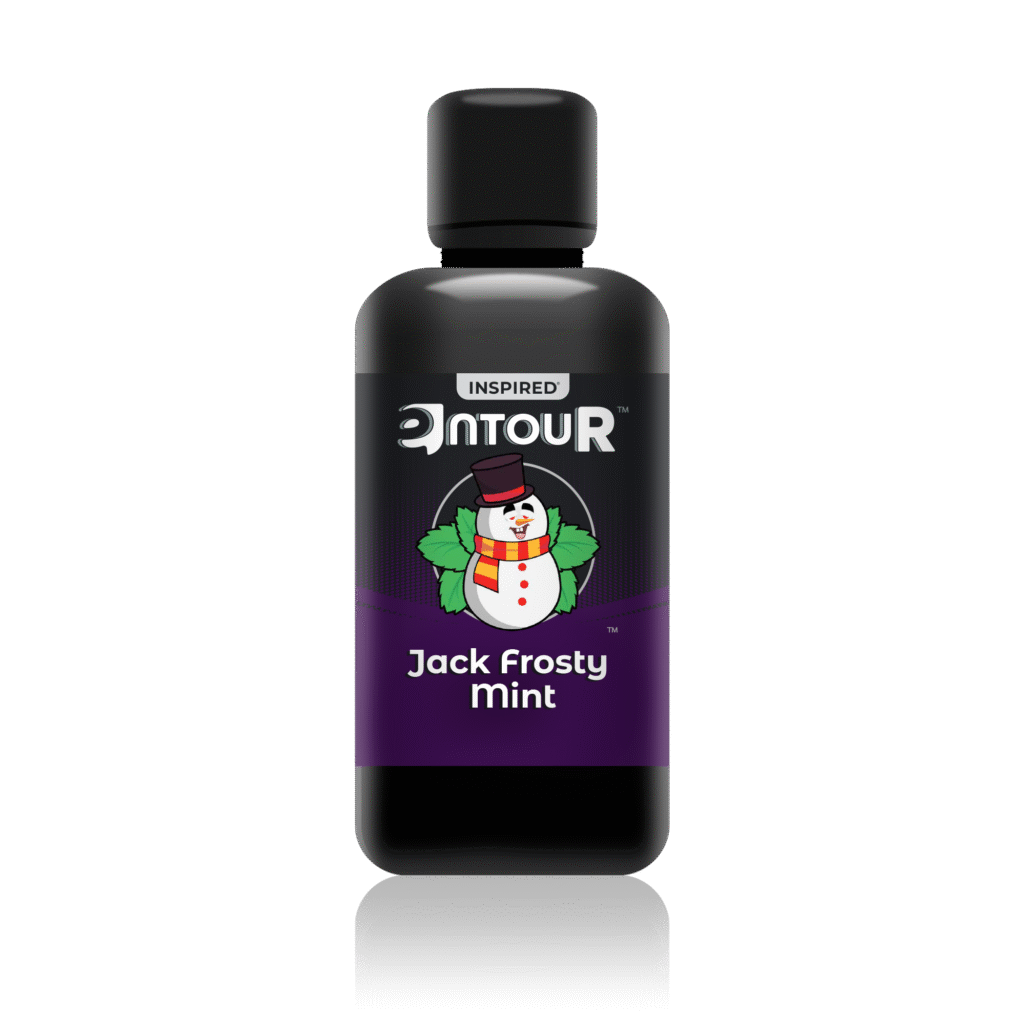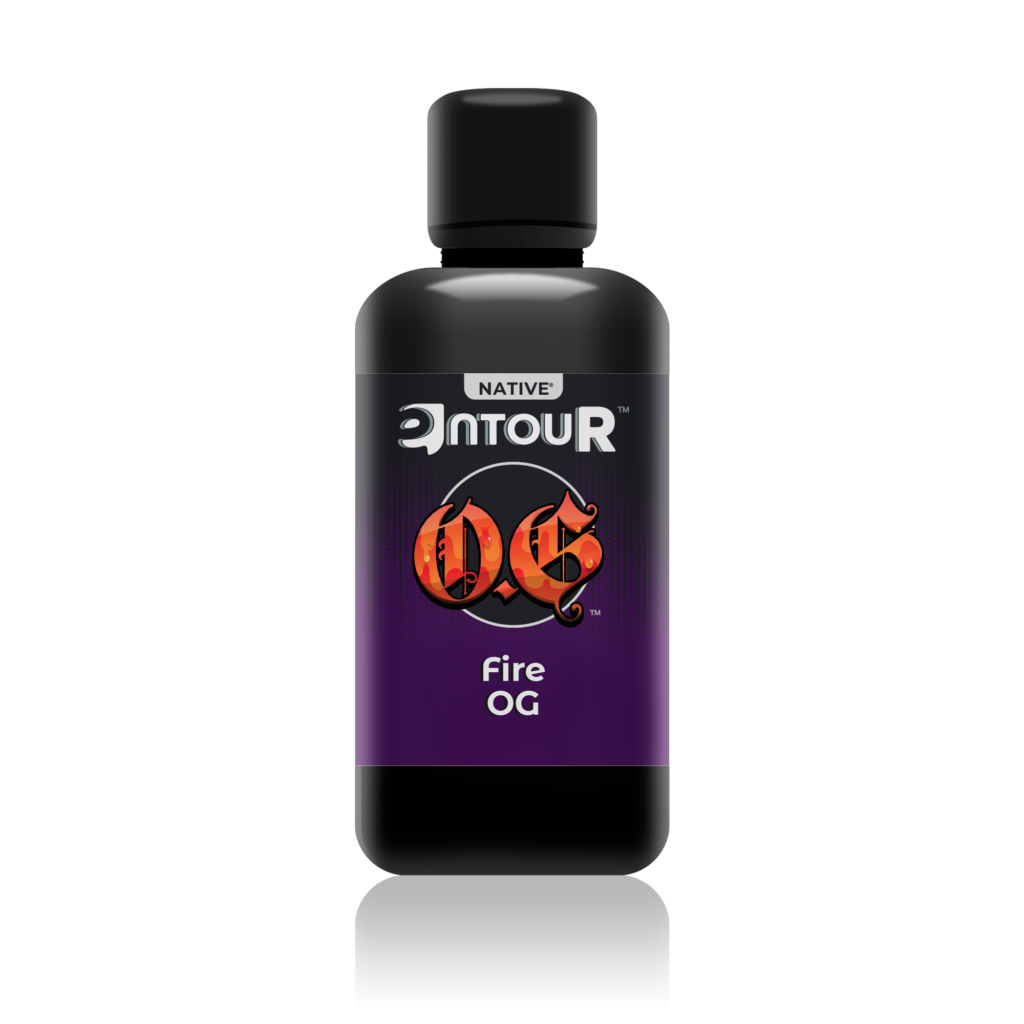
When you breathe in a drop of essential oil, you’re not just inhaling a nice scent; you’re encountering a complex blend of organic compounds known as terpenes. These molecules are responsible for the aromas, flavours, and even some of the therapeutic benefits of essential oils.
In this article, we’ll explore the major types of terpenes found in essential oils, how they’re classified, and highlight some of the most common ones you’ll encounter, with a nod to how they might support your well-being (though not medical advice).
What are terpenes and why do they matter?
Terpenes are volatile organic compounds produced by plants (and some other organisms) that serve multiple roles: they attract pollinators, defend against pests, and give each plant its unique aroma profile.
In the world of essential oils, terpenes are key because they:
- Determine the scent character (e.g., citrusy, woody, floral)
- Contribute to how the oil feels when inhaled or applied (e.g., calming, uplifting)
- May interact with the body’s physiology via inhalation or topical use (though research is still emerging)
It’s also worth noting: while essential oils contain a bouquet of compounds (terpenes, alcohols, ketones, phenols, etc.), terpenes can be studied in isolation and have their own patterns of activity.
How are terpenes classified?
One of the most useful ways to categorise terpenes is by the number of isoprene units they contain. Isoprene is a 5-carbon building block, so:
- Monoterpenes = 2 isoprene units (10 carbons)
- Sesquiterpenes = 3 isoprene units (15 carbons)
- Diterpenes, triterpenes, etc., represent higher counts (but are less common in the context of essential oil aroma profiles)
In simple terms, the fewer the isoprene units, the more volatile (quick-evaporating) the compound tends to be; the higher the units, the heavier, less volatile, and often slower-acting the terpene.
Major Types of Terpenes in Essential Oils
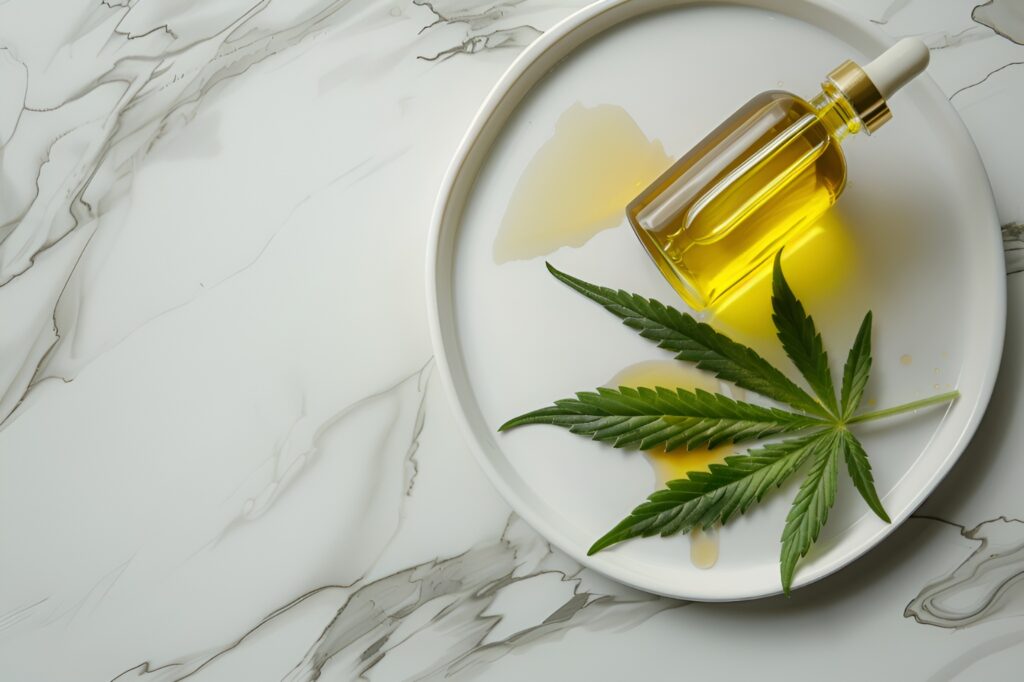
Here, we’ll look at some of the most common terpene families and their representative molecules in terms of what they smell like, where they come from, and what they’re used for.
1. Monoterpenes
These are the lighter, more volatile terpenes, often fast-evaporating, strongly aromatic, and common in many essential oils.
Examples & Highlights:
- Limonene – A citrusy, fresh aroma often found in lemon, orange and other citrus-peel oils.
- Linalool – A floral, slightly spicy scent found in lavender and coriander oils; associated with calming properties.
- α‑Pinene – A pine-needle smell, found in pine, rosemary; often linked to alertness and fresh forest-aromas.
Why they matter:
These monoterpenes often provide the immediately perceivable aroma of an essential oil, and because they evaporate quickly, they can influence mood and environment rapidly (e.g., uplifting citrus, energising pine). Many aromatherapists treat monoterpene-rich oils as “top notes”.
2. Sesquiterpenes
These are slightly heavier, less volatile than monoterpenes, and often lend deeper, richer aromas, i.e. woody, spicy, earthy, and can have longer-lasting effects.
Examples & Highlights:
- β‑Caryophyllene – Woody-spicy aroma, found in black pepper, clove and some essential oils.
- α‑Humulene – Earthy-woody; found in hops, sage and other aromatic plants.
- Cedrol – A sesquiterpene alcohol with sedative and woody-cedar aroma properties, found in cedarwood oil.
Why they matter:
Because sesquiterpenes evaporate more slowly and often have more subdued aromas, they contribute to the “body” of the scent profile and may offer more lingering effects (aromatically and topically). Some studies suggest sesquiterpenes may support stress-balance, calmness, and longer-lasting aroma experiences.
3. Higher Terpene Categories (Diterpenes, Triterpenes etc)
These are larger molecules (4+ isoprene units) and are less common in the easily-aromatic essential oils. Used in everyday aromatherapy they tend to be present in resins, gums, and heavier extracts.
Key points:
- Because they are less volatile, their aroma may be less immediately noticeable but more enduring.
- They may contribute to texture, viscosity (in oils/resins) and deeper aromatic notes.
- For typical essential oil users, understanding monoterpenes and sesquiterpenes covers most everyday-use cases.
Common Terpenes You’ll Find in Essential Oils and Why You Might Care
Here’s a handy list of some commonly-encountered terpenes in essential oils, what they smell like and what to watch for.
| Terpene | Aroma Profile | Common Essential Oil Sources | Potential Benefit* |
| Limonene | Bright citrus | Lemon, orange, bergamot | Uplifting mood, freshening air |
| Linalool | Floral-spicy | Lavender, coriander | Calming, sleep-supporting |
| α-Pinene | Pine, fresh forest | Pine, rosemary, eucalyptus | Clarity, focus |
| Myrcene | Musky, herbal | Hops, mango, lemongrass | Relaxation, deep-rest |
| β-Caryophyllene | Spicy wood | Black pepper, clove, copaiba | Grounding, warm aroma |
| α-Humulene | Earthy wood | Hops, sage, clary sage | Depth, longer-lasting scent |
| Cedrol | Cedarwood woody | Cedarwood oil | Sedative, woody base note |
*Note: The “benefit” column is based on traditional/aromatherapeutic uses and emerging research not conclusive medical claims.
How to use this knowledge as an essential oil enthusiast
Understanding terpenes helps you make smarter choices when selecting and using essential oils. Here are some actionable tips:
- Match aroma to intent – If you want uplifting, lean toward oils high in limonene or pinene. If you want calming/grounding, look for linalool or sesquiterpene-rich oils.
- Check the label/GC-MS details – Some higher-quality oil suppliers will list major terpenes or their percentage. This can guide aroma and usage expectations.
- Layer smartly – Because monoterpenes evaporate quickly, combine with sesquiterpene-rich oils to build a longer-lasting scent profile in your diffuser or blend.
- Be aware of volatility and safe usage – Faster-evaporating terpenes may require blending or dilution to avoid sensory fatigue. Always follow dilution and safety guidelines.
- Use in context – The same terpene may feel different depending on your mood, setting, or combination of oils. So experiment and observe.
Final thoughts
The world of essential oils is richer and more nuanced when you understand the terpenes at play. From the bright zing of limonene in a citrus oil to the deep woody presence of cedrol in a cedarwood, terpenes offer a kind of aromatic map for understanding how an oil smells and how it may make you feel.
By knowing the types of terpenes found in essential oils, you become better equipped to choose oils intentionally, blend them wisely, and appreciate their fragrance and function on a deeper level. Whether you’re new to aromatherapy or a seasoned enthusiast, let this guide serve as a helpful foundation.
